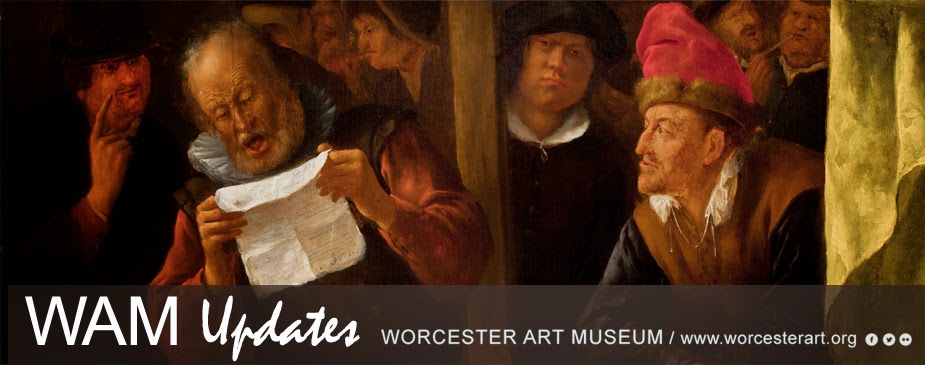
Above: The Scrimmage, Ida von Schulzenheim
With the passage of time, changes at the Worcester Art Museum are no more evident than with the turn-over of staff, new generations of museum patrons and new methods of engaging public audiences. But below ground, in the bowels of the building, there are some things that have not changed, in some cases not for more than a century. Specifically, unaccessioned art works, old loans and abandoned property, are still in the same storage vault where they were deposited many decades ago. Time has stood still for these works because their status, as property not owned by the museum, has excluded them from decisions regarding conservation treatment or disposition.
In recent years, over-crowded storage vaults have made accessibility to works not on public display a game of strategy. Moving several art works to gain access to another becomes a challenge itself. One solution to the storage puzzle has been to assess unaccessioned works of art-- including old loans and abandoned property--that might not be collection-worthy.
One abandoned art work, taking up a considerable amount of space in painting storage, is a 68” x 82” framed painting entitled The Scrimmage by Swedish artist, Ida von Schulzenheim. It depicts a life-sized confrontation between two hound dogs lunging at two hissing cats atop a wood pile. The receiving book entry indicated it had been delivered here in 1901 from artist Annie Barrows Shepley Omori, known in her inner circle as “Aunt Poo. Unfortunately, no documentation has been found to reveal why the painting was not returned to its owner.
- Sandra Hachey, Contract Registrar






















